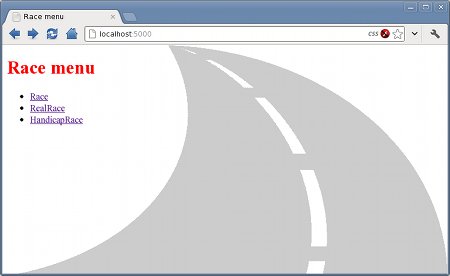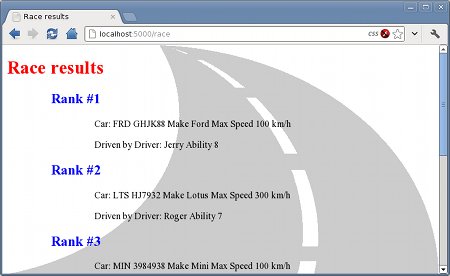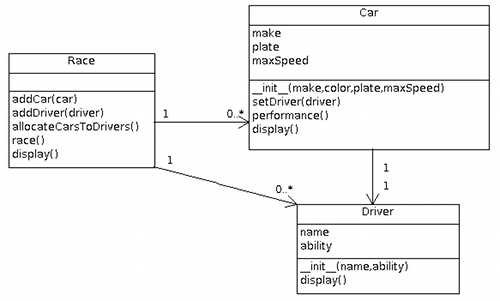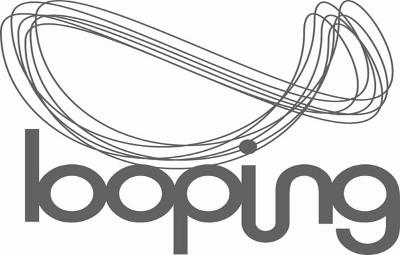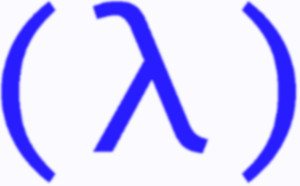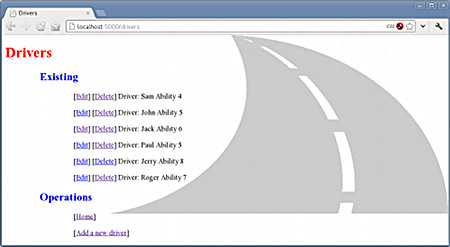
Quite a lot of web applications allow people to Create new data as well as Read, Update and Delete existing data. They are called CRUD applications. Right now, our racing simulation is not such an application as we cannot, for example, change the name of an existing driver or create a new one…
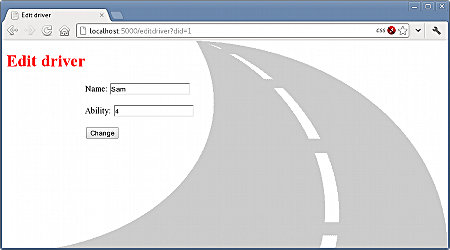
Work to do
Using the capabilities of Flask, we will enhance our existing race simulation to allow drivers to be manipulated: new ones can be created while exiting ones can be either deleted or some of their information changed (i.e. names and abilities).
Flask allows for very flexible routing as it handles parameters very simply. GET parameters are accesses through the request.args dictionary while POST data can be accessed through the request.form dictionary.
Naturally, we will enhance the existing web application while making sure that it still complies with the MVC architecture.
